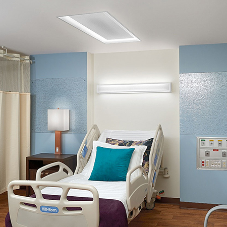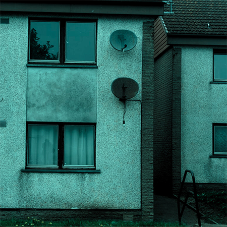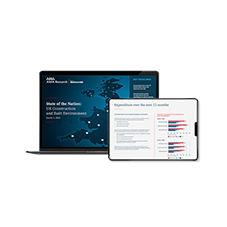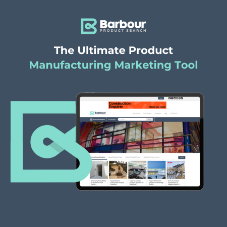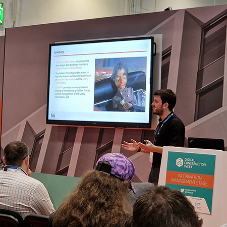Author: Andrew Krebs, Digital Studio Manager, Sweco
Looking closely, there’s an uneasy link between the progression of technology and society. Often, advanced technology is driven by the advancement of society. Alternatively, society can drive the technology.
Today is no exception, our society is flooded with information like never before, connected devices are in our pockets, on our tables and event mounted on our walls. To simply read the time from a clock can be to interact with a device which connects with every country on earth, albeit in a rather abstracted manner.
Also, we are all, in our own way, addicted to information, to connection and to the hormonal cookie we receive when we interact constructively or affirmingly with someone or something. Thanks to dopamine, I think it’s safe to say that human beings will always congregate around technologies or social structures which enable connection, come what may. (I mean, we tolerate Twitter in our lives because it enables us to feel heard) To take a physical example, our ability to speak in the complex manner we do, has come about partly by the unique position of our larynx in our throat, which has come at the not-inconsiderable cost of being able to choke on our own food! A penalty that no other animal has adopted1, but humans have accepted, to enable us to have arguably the most complex vocal communication capability on earth.
“Why am I reading all this in a blog about digitisation and the march of progress in construction?”
Humans and society continually develop, we change every day and are never the same twice. I have highlighted the role communication plays as both a driver and an outcome of these changes and it’s that theme, I wish to connect to the topic you were maybe expecting to read about.
I came into the sector in 2008. At this time, I was sat down in front of a computer-aided drafting (CAD) package and taught how to create lines. Even at the time, I assumed I was creating more than just lines. These weren’t lines, they were luminaires, they were cable containment, they were information which allowed someone else to interpret what I was creating, and ultimately, reproduce it in the physical form of installed electrical services.
Before long the opportunity arose to go onto sites, to witness the physical manifestation of my lines. To my surprise it wasn’t anything like I had visualised. My nuanced and calculated lines were to the next reader simply lines. The installer added their own nuance and pre-conceptions, and guess what? They were different to mine.
Before too long I was sat down by a partner at my firm and told I was going to be on the team for our first building information modelling, “BIM”, project and was promptly given Revit 2011 and a ticket to the USA where I was to go for 2 weeks to learn how it worked. Upon returning it became clear that not only was I to design on Revit, I was now to teach every other electrical engineer how to use it!
I had gone from Average-Grad #4 to Cutting-Edge-Grad #1. I was now the future.
The biggest difference between this new tool and the old was that I was no longer creating lines. I was using objects and those objects had an absolute identity, they had characteristics captured as metadata and were significantly harder to misinterpret than the lines I had been drafting.
Well except for the fact that all my amazing 3D modelling got flipped onto 2D plans and printed out at A1.
So, was my amazing new data rich work for naught? Well, no, whilst the installer bolting the stuff to the soffit may have been using a paper drawing as always, what happened was that the design and construction teams were engaged in ever more detailed coordination sessions using the design models, so that when the fitter got their drawings, they were in receipt of more rigorous information than ever before. Time on site fixing my naivety was greatly reduced, and how? Because the new tech allowed us all to spend more time communicating in a coherent and valuable manner! Aaaahhhh dopamine.
Over the years, BS/PAS 1192 has become ISO 19650, drawings have evolved into extranets, then common data environments, and the amount of electronic information has surpassed paper. Our emails are now being replaced by online environments where we can track and collaborate in real time on specific issues. Therefore, the 4 weeks I spent (literally) climbing around the main riser of an existing hospital building surveying with clipboard and 4-coloured-pen has been replaced by one week’s laser scanning which can be directly transmogrified (I am told this is the correct term) into a 3D model for all to use.
Even though we resist change, our industry today is vastly different from how it used to be a decade ago. A decade feels like a long time but when you step back it’s not really. It’s a fifth of most people’s careers. The result of this progress is that we have quicker projects, better cost certainty, better coordination and the ability to routinely create geometries that were previously only the dream of the most incense ridden of architects.
Sources
1 - https://www.si.edu/newsdesk/factsheets/did-you-know-human-origins-facts#:~:text=Humans%20are%20the%20only%20mammal,choke%20on%20its%20own%20food.
Related Blog Articles



crop192.png)
